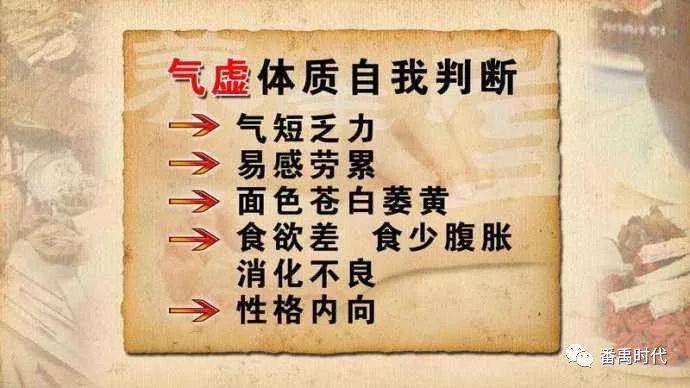Traditional Chinese Medicine (TCM) is a philosophical concept, and it can also be described as a philosophical therapy. Philosophy is universally applicable, which is why TCM is flourishing worldwide, bearing abundant fruits. However, people generally find it difficult to accept TCM concepts, as they are highly conceptual and not easily understood. While concepts like Qi deficiency (气虚, qì xū) and blood deficiency (血虚, xuè xū) are more readily accepted, ideas such as Yin and Yang (阴阳, yīn yáng), the Five Elements (五行, wǔ xíng), the Five Organs (五脏, wǔ zàng), mutual generation and overcoming (生克乘侮, shēng kè chéng wǔ), Qi stagnation (气滞, qì zhì), blood stasis (血瘀, xuè yū), phlegm dampness (痰湿, tán shī), and others are more challenging to comprehend.

Qi stagnation (气滞, qì zhì) refers to the obstruction of Qi flow, resulting in a pathological state. TCM posits that Qi and blood travel together in the meridians; when Qi is stagnant, blood can also become stasis. The primary causes of Qi stagnation include emotional distress, phlegm, dampness, food accumulation, heat stagnation, and blood stasis, all of which obstruct the flow of Qi. Additionally, dysfunctions in the liver’s ability to disperse Qi or the large intestine’s ability to transport can lead to Qi stagnation, which is often a manifestation of excess pathogenic factors. However, Qi deficiency can also lead to a lack of propulsion, resulting in Qi stagnation.
From this, we can understand that Qi stagnation often occurs when the flow of Qi encounters “obstacles” or when the organs that govern Qi movement are deficient, leading to a pattern of excess Qi stagnation. Furthermore, Qi deficiency can lead to Qi stagnation due to weakness. Clinically, Qi stagnation manifests as a feeling of fullness and pain. Since Qi and blood move together, Qi stagnation can lead to poor blood circulation, which may cause blood stasis, fluid retention, and subsequently result in conditions such as blood stasis (血瘀, xuè yū), phlegm retention (痰饮, tán yǐn), and edema (水肿, shuǐ zhǒng), which are pathological products of Qi stagnation and blood stasis.

In terms of organ function, a dynamic balance is formed between the descending of lung Qi (肺气, fèi qì) and the ascending of liver Qi (肝气, gān qì), as well as between the ascending of spleen Qi (脾气, pí qì) and the descending of stomach Qi (胃气, wèi qì). Therefore, Qi stagnation and blood stasis primarily arise from dysfunctions in the lungs, liver, spleen, and stomach. For instance, if the dynamic balance between the lungs and liver is disrupted, lung Qi may fail to descend, leading to congestion, which can manifest as chest tightness and cough. Liver Qi stagnation and emotional distress can lead to pain in the hypochondrium or lower abdomen. Spleen and stomach Qi stagnation may present as abdominal fullness and constipation. The manifestations of Qi stagnation in various regions are characterized by feelings of oppression, fullness, and pain. Qi deficiency with Qi stagnation tends to present with milder symptoms of oppression, fullness, and pain compared to pure Qi stagnation patterns, while also exhibiting signs of Qi deficiency.

